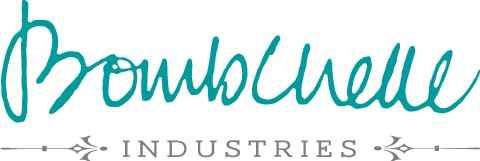The key to productivity, Schwartz says, is to “recognize the power of renewal, and have a finish line.” He claims that “we’ve lost our finish lines.”
via the 99%
In other words: we need to be sprinters, not marathon runners. We need a finish line to keep our work life healthy. A finish line gives you a way and a reason to track your progress, see how far you’ve come, pat yourself on the back, and take a break before sprinting again.
This is one of the reasons I’m so insistent on deciding what “done” means before you even start working on a project. If you don’t decide what done means, it’s too easy to get lost in the intricacies of your work, and then when you do try to decide when you’ll be finished, you’re deciding from the trenches, in the moment, usually without looking at the longer term picture or seeing the project as a whole.
And, of course, when you love you work (like I know you do), you enjoy doing it, so it’s incredibly easy to say “Oh, I’ll just do this one more thing!” Except, it never is that one last thing, there’s another one after it, and one after this. This has two effects:
- It never gets done, or it gets done much later than intended. This is part of what Seth Godin calls “thrashing” – we get nervous about putting something out in front of people, so we tweak and fiddle and revise and edit, telling ourselves that we’ll get it done…eventually. But we don’t. Understandable, but not very productive.
- You end up burned out and unsatisfied. If you keep moving the finish line – even if it’s just a little bit at a time – the side effect is that you don’t feel like you’re making any progress, and you don’t build any momentum. This is draining. It sucks. Nobody likes feeling like they’re spinning their tires and getting nowhere. Quitting the project entirely and working on something else starts to sound awfully tempting.
The need to keep from forcing ourselves into a marathon-mindset is also one of the reasons that I love working with projects so much. If you think of something as a project (even if it’s an ongoing, constant project, like website maintenance or writing or what-have-you), it’s infinitely easier to set milestones and finish lines, to pick an oasis to rest in after your sprint.
With working in projects comes a natural cycle – start, work, finish, rest. It’s the same cycle we see in nature and elsewhere, and it’s arguably the healthiest cycle to mimic in your work life. I’ll discuss in a future post how to help create finish lines with ongoing projects – but, in the meantime, take some time today to sit & think about the finish lines you’re creating (or not creating), and how you can honor them.
What are you working on right now? What’s the finish line? And how will you know when you’ve reached it?
